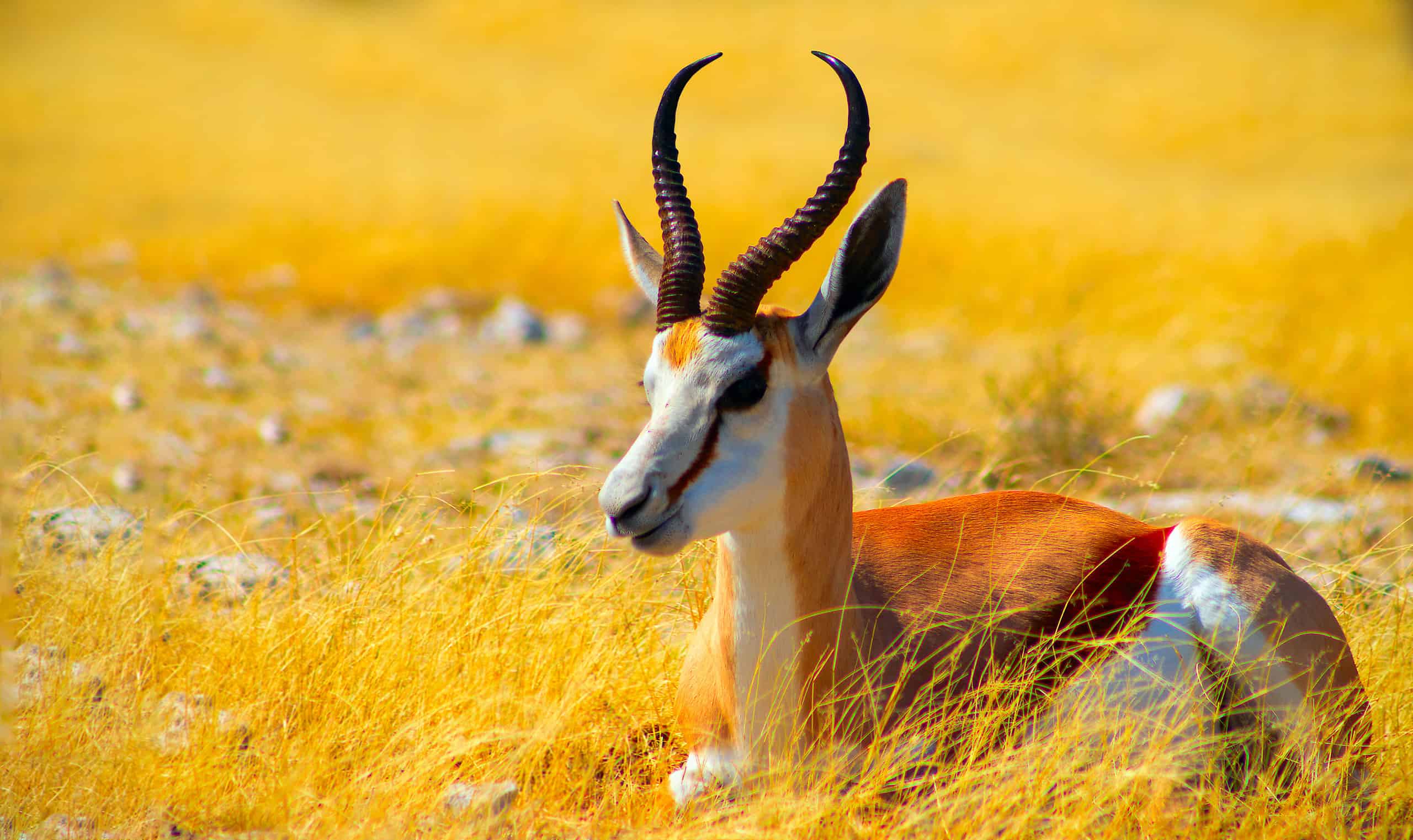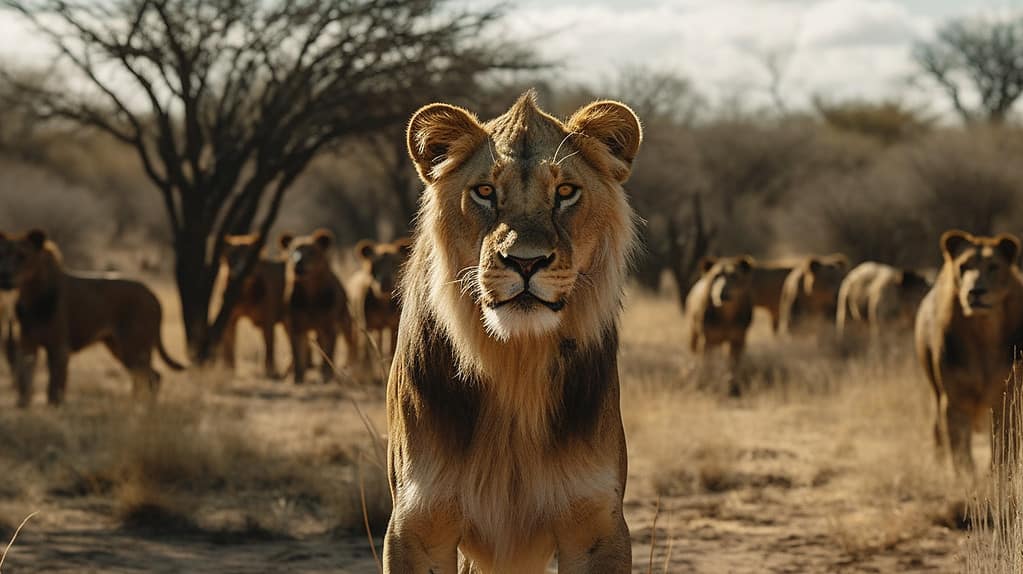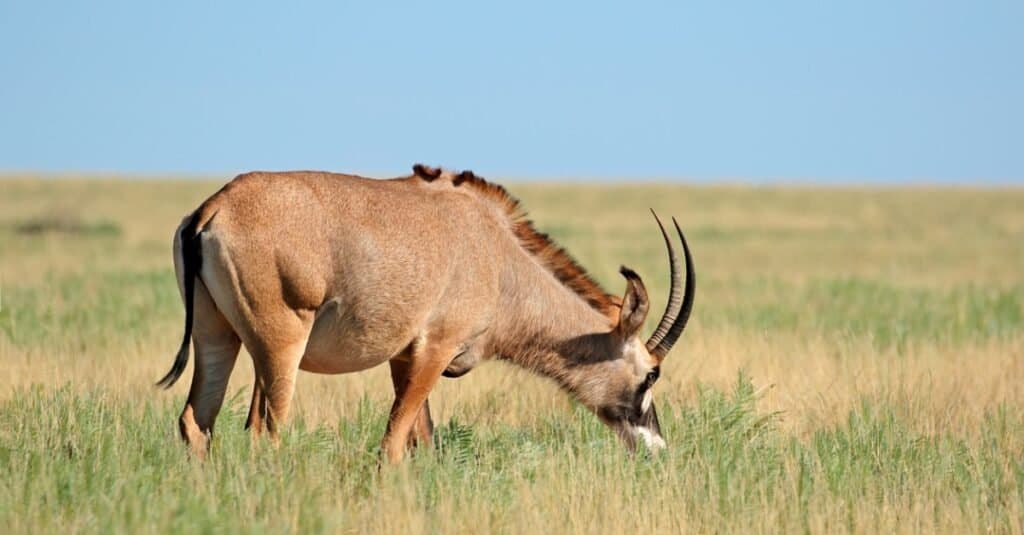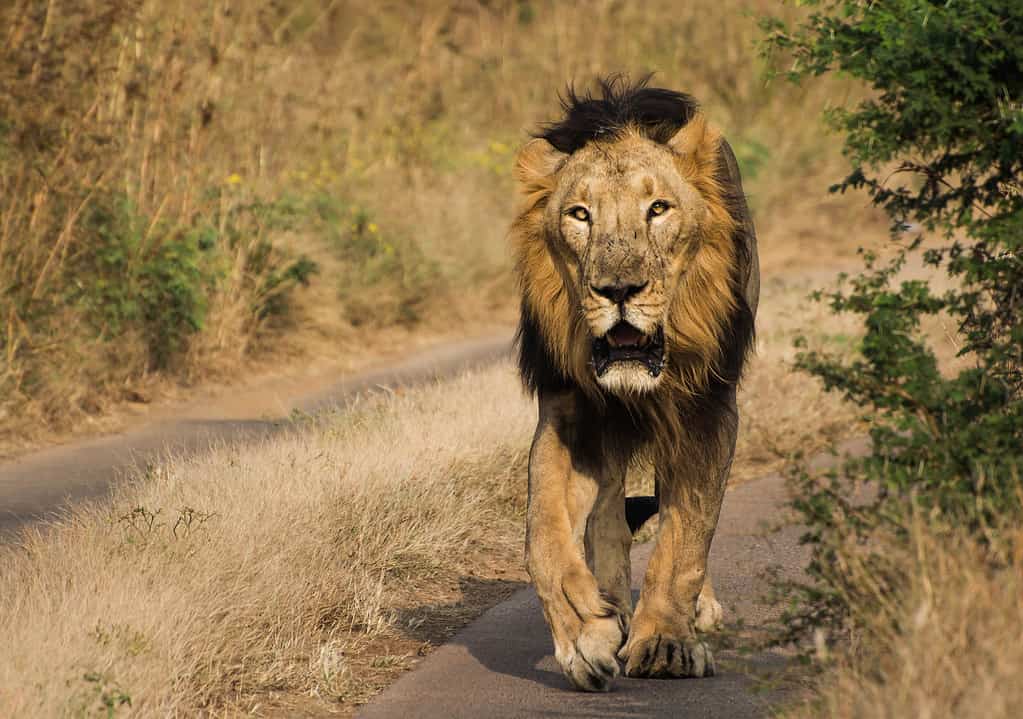Continue reading for our analysis...

Trying to evade not one but two predators in the wild has to be nothing short of exhausting for an animal. In the case of the video shown below, an antelope caught himself in one very tricky situation when two predators came at him at once.
An Antelope Enters the Territories of Two Apex Predators

At the start of the video below, we see an antelope trying to find its way across a river in Africa. Once the antelope has gotten halfway across, he, unfortunately, finds himself at the mercy of a crocodile.
This is one of the hardest parts about living in the wild. No matter where you go, it is some animal’s territory, and even in the waters of Africa, something is always lurking below. In this case, the antelope crossed into crocodile territory, and the croc used this opportunity to use the antelope as lunch.
However, this antelope was too smart for this crocodile, and he outwitted him by using his powerful hind legs and kicking the crocodile. This catches the croc off guard, and he can’t react quickly. By now, the antelope has reached the shoreline.
Just when this antelope thinks he is safe and sound, a female lion, the huntress of the pride, has been eyeing this antelope the whole time. She counts it her lucky day when the crocodile isn’t able to take the antelope down. She springs into action and runs toward the antelope.
The antelope makes it to dry land but immediately stops. No matter which way he turns, whether behind him to the water, the crocodile predator is waiting for him, and on dry land, the lion predator is waiting for him.
After wandering back and forth for several minutes, the lion leaves this antelope and wanders off for some reason. This fight was not meant to be.
Antelope Facts

Female roan
antelopes
hide their young in long grass for the first few weeks of their lives.
©iStock.com/EcoPic
While antelopes may not look very large in pictures and movies, they are actually quite large animals. While they only stand 3-5 feet tall, they weigh between 1,100-2,000 pounds. This means that these beasts are not something easily to be taken down.
Antelopes can be found in Africa, Asia, Eurasia, and North America. Among these places, they roam forests and grasslands in herds. These herds normally range from 10-20 individuals.
In the case of the video shown below, this antelope found himself without his herd, which put his life in jeopardy. It just so happened to be his lucky day, and he escaped not one but two predators!
Is It Normal Behavior for a Lion to Walk Away from an Antelope?

Lions are intelligent and capable of assessing whether or not a particular hunt is worth the risk.
©ibrandcare/iStock via Getty Images
It is not entirely normal for a lion to walk away from a potential meal that could be found in an antelope, one of its typical prey, though it can happen. It is entirely possible for a lone lion to take down an antelope, though more difficult than if it were hunting with other members of its pride. Lions usually hunt in groups to increase their chances of taking down prey.
Other factors could affect whether the lion goes all out against an antelope. Firstly, if the antelope is a full-sized adult, it can stand its ground against a lion much better than a younger or weak antelope. As the video displays, this antelope stands its ground with a fair amount of confidence, even charging the lion at one point.
Lions are intelligent and capable of assessing whether or not a particular hunt is worth the risk. If the chances seem good that a lion could take an antelope down, it would likely go for it. Or, the lion may decide the risk is too great.
Thank you for reading! Have some feedback for us? Contact the AZ Animals editorial team.







